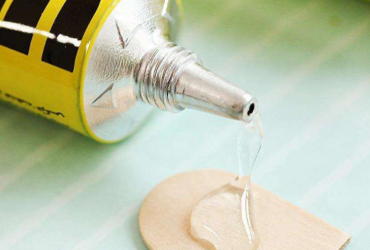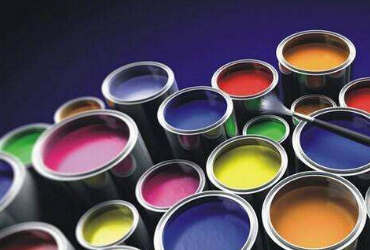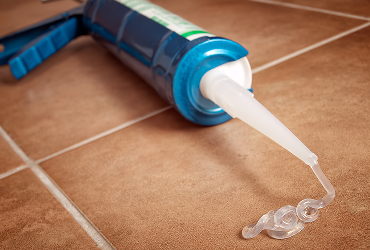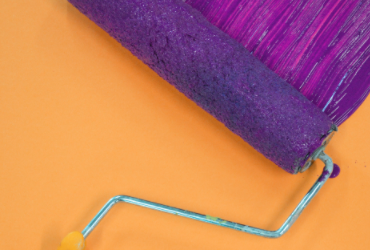UV curing systems are omnipresent today and find applications in various fields. Within the printing industry one of the growing markets for UV curing systems is found in the packaging sector. A particularly challenging field for UV formulators is food packaging or food contact materials in general: Small mobile molecules that can migrate into the food represent a potential threat to the consumer.
The migrating molecules can originate from different sources. While monomer migration easily can be minimized by proper curing control and the use of multifunctional monomers carrying more than one acrylic function, other potential migrants are more challenging. Photoinitiators serve as an example, and incidents in which photoinitiators could be detected in food have received much attention in the past – a prominent example being the ITX scandal in 2005.[2] In addition to unreacted photoinitiator residues, the migration of the possible side products – including decay products formed during the UV curing – also should be considered. These can differ substantially among different photoinitiators, depending on the molecule itself as well as the reaction mechanism. This article provides a short overview regarding photoinitiator migration as well as solutions offered by the industry.
Photoinitiators available in the market today can be divided in two groups concerning their reaction mechanism: Type I photoinitiators can directly initiate a radical polymerization, while Type II photoinitiators need a co-initiator, or synergist.[3]
Acetophenone derivatives, and in particular a-hydroxyl- and a-aminoacetophenones, are among the most common Type I photoinitiators, along with acylphosphine oxides. When an a-hydroxyacetophenone is irradiated with UV light, the s-bond between the carbonyl group and the aliphatic a-carbon is broken. In the example of 2-hydroxy-2-methylpropiophenone, this leads to the formation of a benzoyl and a 2-hydroxyl-2-propyl radical (Figure 1). These radicals are of high reactivity and readily initiate the polymerization. Therefore, in the ideal case of 100% conversion, all of the photoinitiator is incorporated into the polymer.
Type II photoinitators are mainly represented by benzophenone as well as thioxanthone derivatives. On exposure to UV light, the photoinitiator – for example, benzophenone – is excited and remains in a triplet state, which by itself would decay over time. In the presence of a synergist, e.g. an amine, an electron transfer from the synergist onto the benzophenone takes place. This is followed by the transfer of an acidic proton from the resulting amino radical cation to ketyl radical anion (Figure 2). While the a-aminoalkyl radical formed is reactive enough to start the radical polymerization reaction, the ketyl radical is relatively stable. It does not initiate a polymerization but is more likely to undergo recombination or hydrogen abstraction (Figure 3). As a result, even with a 100% conversion, Type II photoinitiators remain a source of relatively small molecules that can potentially migrate.
| Model no. | Special photoinitiaors |
|---|---|
| lencolo 5006D liquid 184 | Liquid 184 Photoinitiator |
| lencolo 5007D liquid TPO | Liquid TPO deep layer photoinitiator |
| lencolo 5024 | Anti-yellowing Photoinitiator |
| lencolo 5030 | Photoinitiator for LED |
| lencolo 5031B | synergistic photoinitiator |
| Lencolo 5031D | Low Odor Synergistic Photoinitiator |
| lencolo 5032 | Thin Coating Photoinitiator |
| lencolo 5033 | Photoinitiator for black |
| Lencolo 5040 | Photoinitiator for 3D printing |
| lencolo 5050W | 5050W water-based photoinitiator |


2022-08-03



2022-07-06

2022-04-21